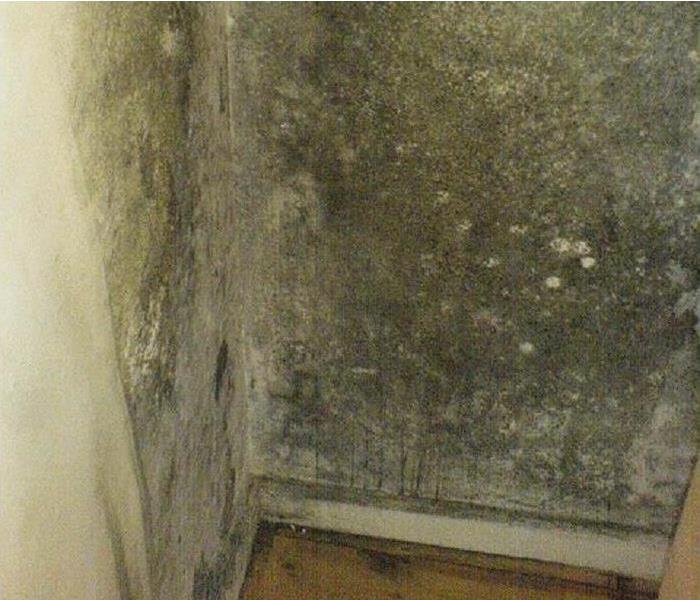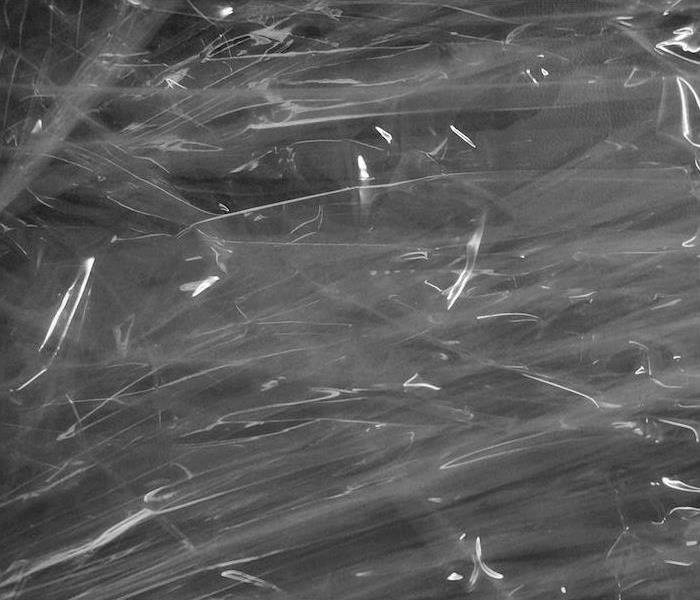Lakewood Ranch Mold Remediation FAQs
4/2/2024 (Permalink)
How do I identify a mold problem?
Check the air and surfaces in the area. If you notice a musty smell, then you have a mold problem. Additionally, different types of molds discolor surfaces with black and/or green specks. Look for mold in bathrooms, windows, crawl spaces, air conditioners, ventilation systems, leaky roofs, attics and basements.
Why have I found mold in several areas?
All fungi, like mold, release spores that travel along air currents. Unless a mold-infested area is sealed off, the spores spread throughout a building. Outdoor mold spores can also cling to the surfaces of people, pets and objects.
Why does mold grow in air ducts?
Poor duct maintenance and moisture from humidity or plumbing, wall or roof leaks give mold spores the perfect dark habitat for growth. The experienced team at SERVPRO of East Bradenton/Lakewood Ranch use time-tested techniques to remove any mold growth and fix the source of the problem.
Can I use bleach to remove mold?
Liquid bleach is the wrong choice for several reasons: Bleach can't successfully penetrate all surfaces -- especially some porous materials -- and since it is wet it will help any missed mold regrow. Worse yet, bleach can hide a deeply rooted mold problem from a mold restoration and remediation firm like SERVPRO®.
Do I need additional testing if I already know that I have mold in my home?
Testing determines the type of mold and the amount of cleaning that must be done to completely restore an area.
Can I use a DIY test kit?
Although DIY kits are inexpensive, they often provide false positive results. They also don't offer the data needed to determine the type of mold or the amount of spores in the air.
How can I remove mold growth and spores from my home?
The best way is to hire a licensed mold remediation firm. Only a qualified and licensed expert, such as SERVPRO, can evaluate the problem and perform the correct tasks to remove mold from the air and surfaces, clean the infested area and safeguard against future growth. Call in a PRO – Call SERVPRO!
Understanding Mold
Confusion and misunderstanding surround the topic of mold and mold remediation. Some restoration businesses even make claims to remove all mold from a building. This is a fallacy. Mold spores occur naturally almost everywhere, both indoors and outdoors. These microscopic spores float along in the air and can enter a home or business through windows and HVAC systems. Consider these facts:
- Mold is present almost everywhere, indoors and outdoors.
- Mold spores are microscopic and float along in the air and may enter your home through windows, doors, or AC/heating systems or even hitch a ride indoors on your clothing or a pet.
- Mold spores thrive on moisture. Mold spores can quickly grow into colonies when exposed to water. These colonies may produce allergens and irritants.
- Before mold remediation can begin, any sources of water or moisture must be addressed. Otherwise, the mold may return.
- Mold often produces a strong, musty odor and can lead you to possible mold problem areas.
- Even higher-than-normal indoor humidity can support mold growth. Keep indoor humidity below 45 percent.






 24/7 Emergency Service
24/7 Emergency Service

